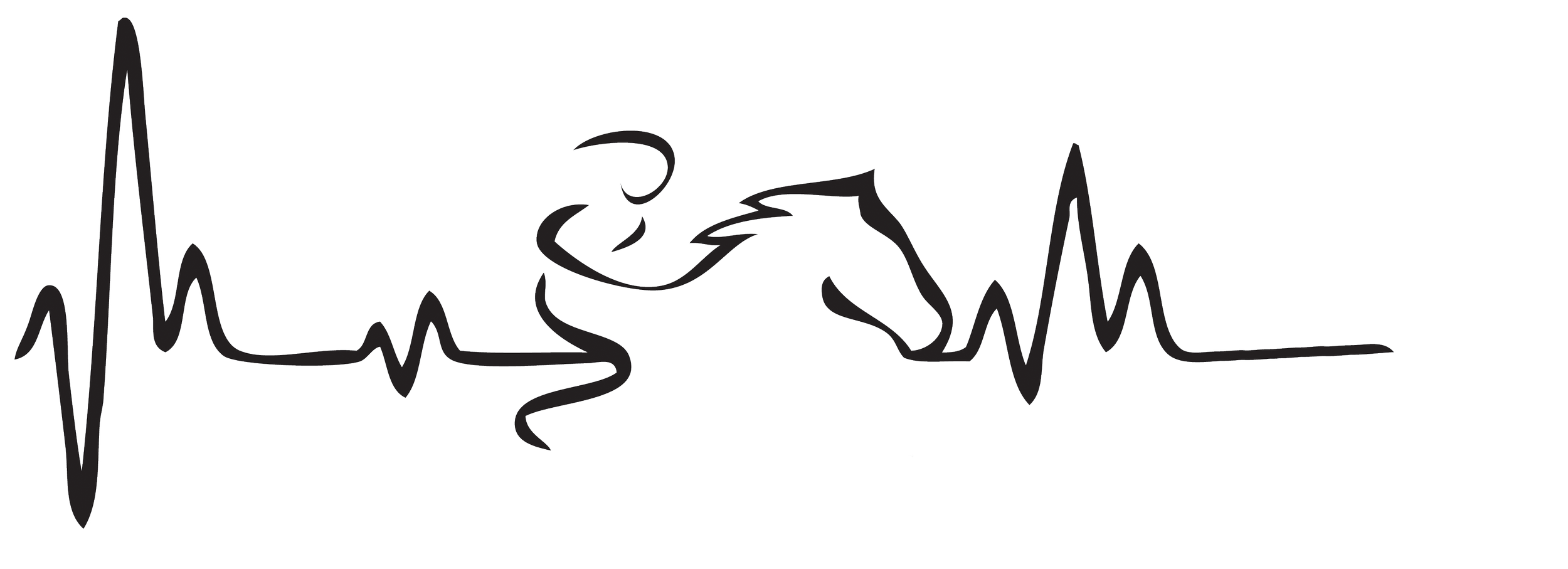Horses are the lifeblood of our industry. Without great horses, our programming would fall apart. Because of their important role, we are very selective in determining which horses are accepted. If you are considering donating your horse, please read through the following information.
What We Look For
Preferred Age: The ideal age range of a therapy horse for our program would be 7-17 years old.
Gender: Geldings preferred, mares accepted; no stallions, no exceptions.
Height: We prefer horses under 17 hands.
Soundness: Must have a free moving stride with no physical issues that would cause the animal to be uncomfortable (with or without a rider) at the walk, trot, and canter. Must be serviceably sound and comfortable with limited (reasonable) maintenance.
Condition and Conformation: Must be in good physical condition. (Horses that come from a pasture life with limited handling, or have had several years off are generally not good candidates for our program.)
Personality/Temperament: It takes a very special horse to be a therapy horse. These horses are tolerant of their environment and of their riders. They enjoy attention, have great ground manners, and are able to handle having people on all sides of them while being ridden. Because our clients actions are not 100% predictable, great therapy horses tolerate the occasional shout or spastic movement. These horses are by nature, very quiet and forgiving. Must not bite, buck, rear, kick, pace, crib or wind-suck.
Training: Must be completely saddle broke and trained. Cheff is not able to accept green or untrained horses.
Trial Period: Owner/donor must agree to at least a 30 day trial period where their horse is stabled at our facility while its suitability for therapeutic riding and hippotherapy is thoroughly evaluated. During this trial period, the horse will be exposed to therapy equipment, mounting blocks, walkers, wheelchairs, toys, balls, sidewalkers, leaders, loud noises, sudden movements, unbalanced riding weight, and applied pressure on all parts of the body. The horse's body language and reactions will be noted and graded. Also taken into consideration will be: 1. Does the horse accept and comply with what is being asked? 2. Does the horse demonstrate a patient and tolerant attitude? 3. How quickly does the horse improve upon any negative reactions?





